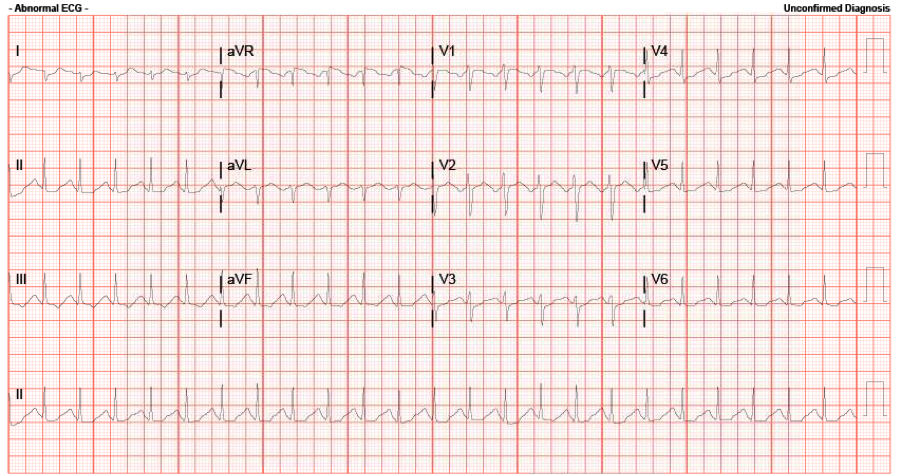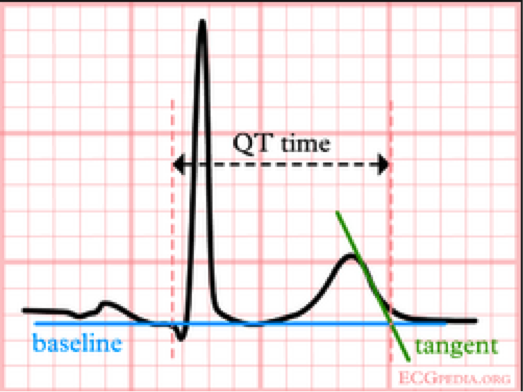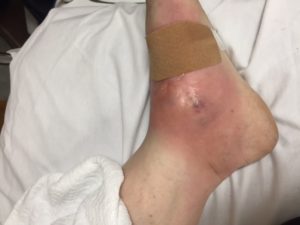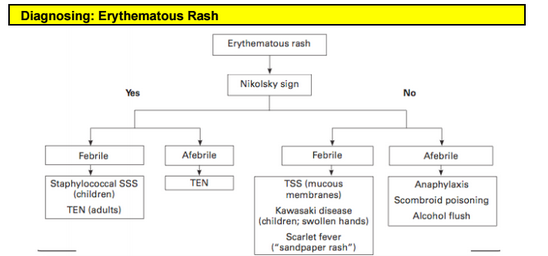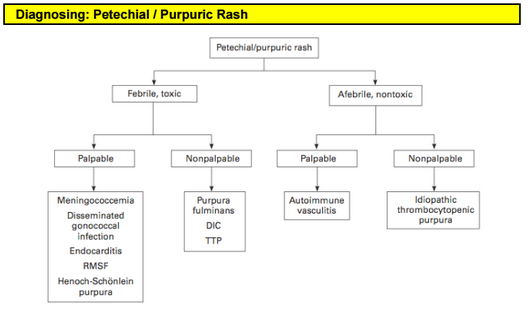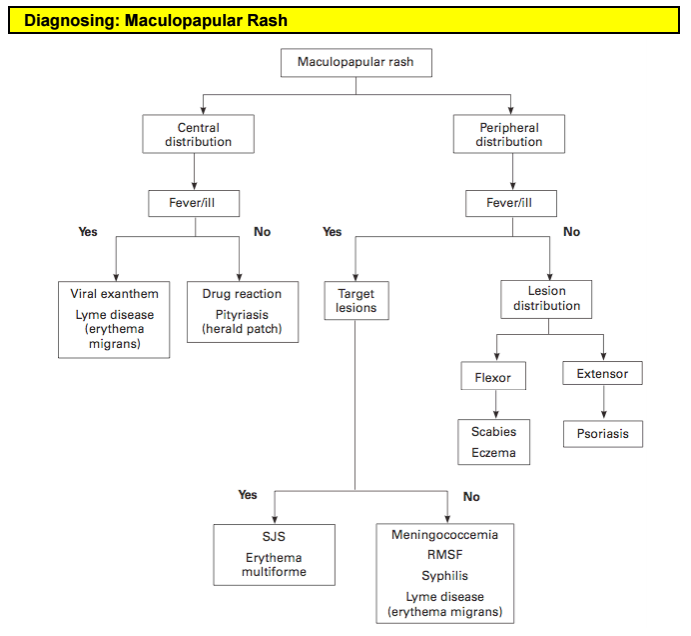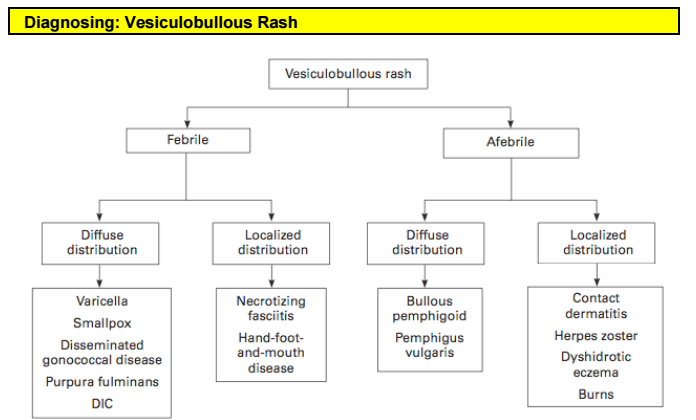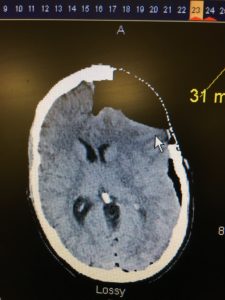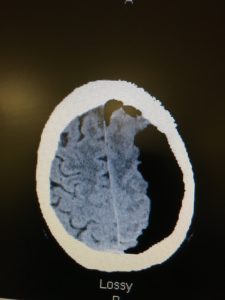There are many different types of challenging patients that we all dread seeing when they pop up on the board. Whether the patient’s chief complaint is headache, back pain, or pregnant female with abdominal pain. Another very challenging patient presentation is the crying infant. The differential when evaluating a crying infant is broad. In this post I will include a list of differential diagnosis to consider based on organ system and then a patient I had that presented in this way.
CNS- Meningitis, epidural hematoma, subdural hematoma, hydrocephalus
HEENT- Skull fracture (accidental or non- accidental trauma), ocular foreign body, corneal abrasion, otitis media, nasal foreign body.
Cardiovascular- SVT, myocarditis, congestive heart failure
Pulmonary- foreign body in airway, bronchiolitis, pneumonia
GI- Malrotation/volvulus, pyloric stenosis, appendicitis, gastro-esophageal reflux, intussusceptions, anal fissure
GU- Testicular torsion, UTI, incarcerated inguinal hernia, soap vaginitis, phimosis, paraphimosis
Musculoskeletal- Fracture, septic arthritis, dislocation, hair tourniquet
My patient presented as a 1 month old male with his Spanish speaking Hispanic parents. Mom stated that he has been crying consistently for the past 4 days. She does not remember a specific time when the crying started but she states it has not improved.
Mom is breastfeeding the baby and denies any dietary changes. The baby was full term and mom had no complications with the pregnancy. Patient up to date on all vaccinations. Baby has been afebrile and per mom has not been lethargic. Baby is still feeding well and gaining weight appropriately and mom denies any projectile vomiting after feeds, denies any change in stooling, and notes good urine output. Baby lives at home with mom and dad and I have no red flags to suspect non-accidental trauma.
On exam he is overall well-appearing and does not appear to be in any type of distress: crying but consolable. He appeared to be healthy. He was interactive, tracking me with his eye movements, and did not appear to be meningitic or lethargic. Heart and lungs were unremarkable and abdomen was soft, nontender and non distended. GU exam (make sure you do this) was unremarkable. Baby was moving all extremities while lying on the oversized adult bed in the middle of the hallway and on inital exam did not appear to have any outward bruising or signs of trauma.
Upon removing the patient’s socks I noticed something odd on his second toe of his right foot. Just distal to his PIP joint he had a circumferential red line. As soon as I started to examine that toe his crying increased substantially. On further examination he had a hair tourniquet that had eroded its way all the way down to the bone of the middle phalanx of the second toe.
At this point the baby was still in the hallway and we took him to Room 9 to attempt to try any remove it. I am sure you can imagine how awesome this was on a crying kicking 1 month old. We attempted to unwind the hair but ultimately were unable to do so as it was just to deep into the tissue. I called Kosair and the patient was transferred and I do not yet follow up on the final outcome.
This just re-enforces the importance of a good head to ahem, toe physical exam on patient’s that are not straight forward. Mom had been with the infant 24/7 for the past 4 days and had not noticed this; not to mention who knows when the hair tourniquet actually started. Just something to keep in mind and hopefully this helps next time you all have to examine a crying baby.
![Room9er ["Room Niner"]:](https://room9er.com/wp-content/uploads/2020/03/cropped-Screen-Shot-2020-03-08-at-3.16.16-PM.png)
